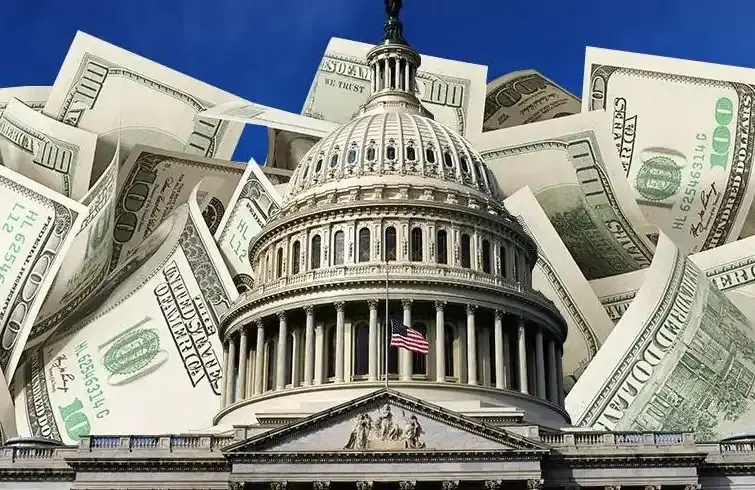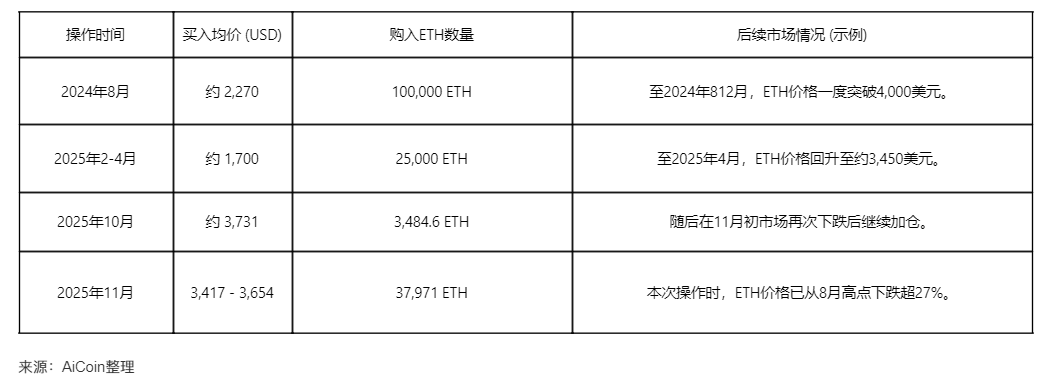US-China Trade Deal’s Impact on Crypto Markets
- Main event, leadership changes, market impact, financial shifts, or expert insights.
- Crypto markets initially gain post-trade deal.
- Markets remain watchful despite de-escalation.
Crypto markets remain cautious despite the US-China trade deal, with macroeconomic risk persistence influencing market sentiment. Recent volatility saw crypto valuations drop with a $19.13 billion liquidation event, highlighting sensitivity to global trade shifts.
While easing US-China tensions initially boosted crypto markets, sustained confidence remains contingent on policy commitment follow-through.
Negotiated by President Donald Trump and Chinese President Xi Jinping, the US-China trade deal marked a major de-escalation in global trade tensions. Announced at the APEC summit in Busan, it included agreements like tariff reductions and China’s resumption of soybean imports. The deal not only impacted global economies but also had repercussions across various markets, including cryptocurrencies .
Despite the initial 3%-5% surge in crypto markets, the sentiment remains cautious. Major assets such as Bitcoin (BTC) and Ethereum (ETH) experienced early gains, while the volatility left a lingering risk-averse market mood.
“Markets never tend to like uncertainty—whether it’s crypto or equity markets. The unprecedented sell-off was a clear sign that cryptocurrencies are a part of the wider financial ecosystem and, therefore, affected by the same macro drivers…. At the same time, though, it was a stark reminder that, as the only asset that trades 24/7, crypto is naturally more vulnerable than traditional markets to out-of-hours announcements. For investors, this is a lesson about the dangers of leverage in a market that is as uncertain and as close to the top of the cycle as it is now.” – Nic Puckrin, CEO and co-founder, The Coin Bureau
Financial markets experienced some relief due to the reduction in trade risks, impacting equities and digital assets. However, the long-term response of crypto markets depends on maintaining stability in macro and regulatory fronts.
Institutions may renew their interest in Bitcoin and Ethereum, considering improved US-China trade relations could herald reduced volatility. The potential outcome for crypto-linked firms is an increase in policy stability and operational ease between the US and China.
The episode highlights the vulnerability of crypto markets to macro shocks, with rapid drops in value showcasing the risk from geopolitical events. The recovery remains linked to macroeconomic stability and regulatory clarity in global markets.
Disclaimer: The content of this article solely reflects the author's opinion and does not represent the platform in any capacity. This article is not intended to serve as a reference for making investment decisions.
You may also like
How are those who followed CZ's trades doing now?
Whether it’s CZ personally getting involved, the community creating a meme atmosphere, or YZi Labs providing investment backing, so-called "calls" are just a spark, while the community riding on the concept adds fuel to the fire. When the two meet, the market heats up. This also demonstrates that the market itself needs hotspots to maintain attention and liquidity.

The Butterfly Effect of the Balancer Hack: Why Did XUSD Depeg?
Long-standing issues surrounding leverage, oracle construction, and PoR transparency have resurfaced.

Arthur Hayes Dissects Debt, Buybacks, and Money Printing: The Ultimate Cycle of Dollar Liquidity
If the Federal Reserve's balance sheet increases, it will be positive for US dollar liquidity, ultimately driving up the prices of bitcoin and other cryptocurrencies.

Whale "7 Siblings" scoops up 38,000 ETH in two days! What signal does this send?
